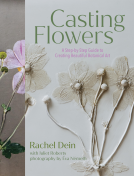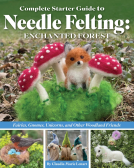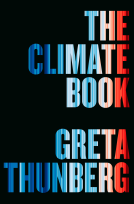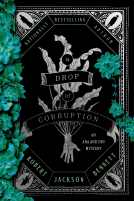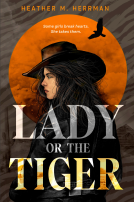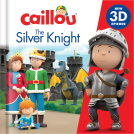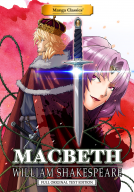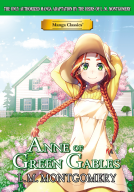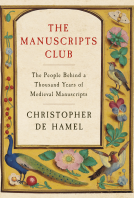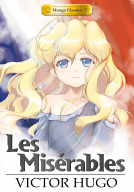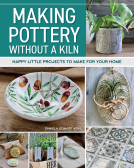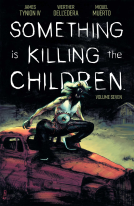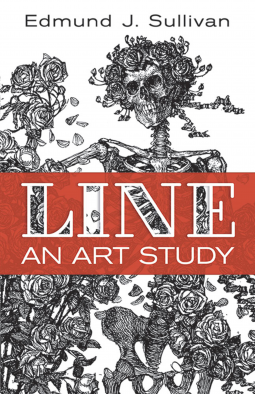
Line
An Art Study
by Edmund J. Sullivan
This title was previously available on NetGalley and is now archived.
Send NetGalley books directly to your Kindle or Kindle app
1
To read on a Kindle or Kindle app, please add kindle@netgalley.com as an approved email address to receive files in your Amazon account. Click here for step-by-step instructions.
2
Also find your Kindle email address within your Amazon account, and enter it here.
Pub Date May 20 2015 | Archive Date Aug 13 2015
Description
Subsequent chapters illustrate and discuss representations of the third and fourth dimensions, the picture plane, formal perspective, and the drawing of solid objects, including their depiction in shade and shadow, and their modelling. Additional topics include shadows, reflections, and aerial perspective as well as figure drawing.
Available Editions
| EDITION | Paperback |
| ISBN | 9780486794846 |
| PRICE | $12.95 (USD) |
Featured Reviews
 Clare P, Reviewer
Clare P, Reviewer
An interesting book that just makes you want to reach for your drawing materials
 Leyla J, Reviewer
Leyla J, Reviewer
A very interesting book, considering it was written in 1922, the information included is very useful today, what interest me is that this would be the time of Art Décor and you can see the slant that this book takes in this direction. It is not a book for quick read, but something that you need to take your time over. And every time that you return to it ,your are drawn into it, and find yourself while away some considerable time.
 Librarian 105878
Librarian 105878
This book got off to a very slow start for me. Initially I wondered what sort of artist with OCD might find this book enjoyable? It reads like a technical manual. But I stuck with it and found quite a few gems of wisdom within the pages.
The book is a much older book, probably from the turn of the century (19th to 20th). At one point the author, Edmund J. Sullivan, mentions:
I remember about 1890 making a drawing in which the endeavor was to represent all that came within the field of vision at a given moment.
1890? Yes, this book is that old, and there is much within to remind the reader that we are reading something historical here. First, there's the often now-inappropriate racial slurs. The terms Sullivan uses may have been acceptable, or even common, a hundred years ago, but today, the 'N' word is to be avoided. This bodes for a little editing of these older books.
Next, some of the topics Sullivan discusses no longer seem relevant, or at least it strikes this reader as surprising that the issues would be discussed. For instance, are there really people who question cross-hatching?
The question is often asked whether cross-hatching should be employed in drawing or not, as though there were virtue or the opposite in the mere employment of it regardless of all considerations of how and when and where.
And what would artists like Terry Redlin or Charles Wysocki, or any other artist who provides a lot detail in the work think of Sullivan's comment:
Over-emphasis on detail detracts from the large simplicity of the whole, and should be carefully guarded against.
Which is not to say Sullivan is 'wrong,' but some artists have done quite well with detail.
The further I got into the book the more I appreciated Sullivan's philosophic look at line art.
The purpose of a work of art will dictate which point of view the artist should adopt – whether stress should be laid upon the type or upon the individual.
A drawing rightly begun starts with the points and lines of the most vital significance; so that no matter how little time may be given to it, or what interruption may prevent its carrying to the intended may prevent its carrying to the intended conclusion, nothing can rob it of this vitality, arising from the artist’s energy of mind as well as from the character of the object.
This isn't precisely a how-to manual. It is, as the sub-title states, a study. it is a philosophic look at the art of the line, as used in art, and it's a beautiful book, providing you can over-look the century-old style of writing and the very incorrect racial references. This is highly recommended for those interested in art.
Looking for a good book? Line: An Art Study, shows signs of age, but is a beautiful look at the importance of 'line' in art.
I received a digital copy of this book from the publisher, in exchange for an honest review.
 Tracey S, Reviewer
Tracey S, Reviewer
Long, long ago, in a fantasyland not that far away, I went to art school. I don't do much with that part of my brain any more, but now and then I cherish fond hopes of doing a Victor Frankenstein on whatever talent I had/have (*kzot* "It's alive!!"). Hence my interest in "Line".
What I didn't realize when I requested it, or when I started reading it, was that this was a Dover reprint of a book originally written in 1922. I mean, look at that cover. My first clue was – well, the language. Apart from that, which might just have been a stylistic choice, nothing really raised any suspicion that this wasn't a new, slightly pedantic book. My ears figuratively perked up at his discussion of a "new" instrument that sounded interesting. I enjoyed the advice ("Altogether preferable to the stick charcoal is the Siberian compressed charcoal" and "Hard smooth forms are often best expressed by a swift line") and opinion ("if an artist can become pleasurably excited about the handling of a tool, that tool is for the time being the best possible"). I learned that "etching" means "biting", "and refers, not, as is frequently thought, to the use of the needle, but to the use of the acid." And I enjoyed the glimpses of the author's humor: "The present writer once ventured to introduce this definition of the two processes as “biting and scratching” into the draft of an official report; but it never got beyond the draft, being considered too vivid and undignified for an official document.
But then, all of a sudden, there appeared "the 'n' word", used quite casually. That was a shock. Yup – definitely not a recent release.
If you can get past that, and can settle happily into the rather elaborate writing style, I recommend this highly. It made me chuckle; it made me want to go stock up on Siberian compressed charcoal and go sit in a field somewhere. That I didn't do the latter is my fault. That the author used an unfortunately common-for-the-time derogatory isn't really his.
Received from Netgalley for an honest review - thanks!
 Reviewer 60249
Reviewer 60249
Unedited reprint of a 1922 British offering. The subject matter will likely only appeal to artists, student and professional. The writing style (typical of the time and genre and many books in the public domain) is somewhat stilted and verbose. That said, five stars for a comprehensive, illustrated treatment of the subject--but three stars for a writing style that may appeal to some.
 Gail M, Reviewer
Gail M, Reviewer
I'm actually rather pleased that Dover chose not to sanitize Sullivan's 1922 monograph on line art that they have reprinted. It's stilted, formal, comprehensive, insightful (almost philosophical) and yet occasionally uses racist slurs. We need to remember that people did that back then, casually, without even considering them rude. It was not a golden era. And yet, Sullivan's work is very thorough and knowledgeable - probably too much so for the casual reader, but worth a look for the technical art student.
Readers who liked this book also liked:
L.M. Montgomery, Crystal S. Chan, Kuma Chan
Children's Fiction, Comics, Graphic Novels, Manga, Teens & YA
